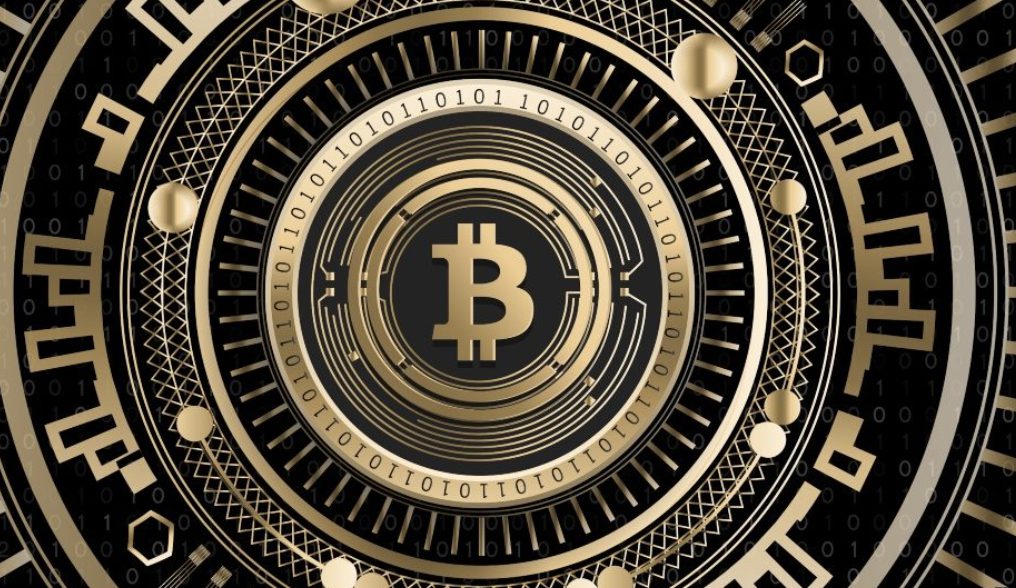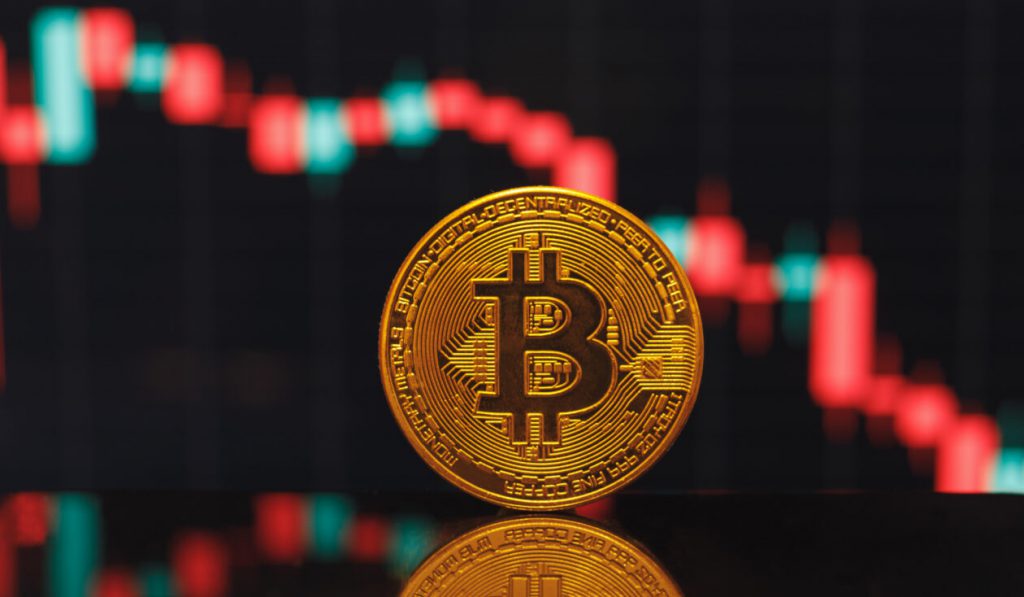How can wrapped Bitcoin be used? A Comprehensive Guide
In the world of cryptocurrency, the rise of decentralized finance (DeFi) has opened up new opportunities for digital asset holders.
One significant development in this space is the emergence of ERC-20 tokens on the Ethereum blockchain. ERC-20 tokens have become a cornerstone of the DeFi ecosystem, enabling seamless integration and interoperability between different cryptocurrencies and platforms.
In this comprehensive guide, we will explore the intricacies of ERC-20 tokens, their importance in the DeFi landscape, and how they are revolutionizing the way we interact with digital assets.
Also read: What is wrapped bitcoin (WBTC)?


Understanding ERC-20 Tokens
ERC-20 tokens are a specific type of digital asset that adheres to a set of standardized rules and protocols defined by the Ethereum network.
These tokens are designed to be compatible and interchangeable with other ERC-20 tokens, facilitating seamless transactions and interactions within the Ethereum ecosystem.
The ERC-20 standard has become the de facto standard for token creation on the Ethereum blockchain, making it easier for developers to create and deploy new tokens.
Also read: Benefits of Using Wrapped Bitcoin?
The Significance of ERC-20 Tokens in DeFi
ERC-20 tokens play a crucial role in the DeFi ecosystem, enabling a wide range of financial applications and services.
By leveraging the functionality of smart contracts, developers can create decentralized applications (dApps) that utilize ERC-20 tokens for various purposes, such as lending, borrowing, trading, and yield farming.
These tokens act as the fuel that powers the DeFi platforms, providing liquidity and enabling users to participate in a decentralized financial system.
The Relationship Between Bitcoin and Ethereum


Bitcoin and Ethereum are two of the most prominent cryptocurrencies in existence, each with its unique characteristics and use cases.
Bitcoin operates on its blockchain network and is primarily used as a store of value and a medium of exchange. On the other hand, Ethereum is a blockchain platform that allows developers to build and deploy decentralized applications.
The emergence of wrapped Bitcoin (wBTC), an ERC-20-compatible token pegged to the value of Bitcoin, has bridged the gap between these two networks.
Wrapped Bitcoin (wBTC): Expanding the Possibilities
Wrapped Bitcoin is a groundbreaking innovation that brings the liquidity and value of Bitcoin to the Ethereum network.
By converting Bitcoin into an ERC-20 token, wBTC enables Bitcoin holders to seamlessly interact with DeFi platforms. Plus, they can utilize their Bitcoin holdings for various financial activities.
This integration has opened up a world of opportunities for Bitcoin holders. Allowing them to participate in lending, yield farming, margin trading, and other DeFi applications.
The Process of Creating wBTC
The creation of wBTC involves a collaborative effort between merchants, custodians, and the decentralized autonomous organization (DAO).
Merchants, such as Airswap, CoinList, 0x, AAVE, or Maker, act as intermediaries between Bitcoin holders and the wBTC ecosystem.
Additionally, when a Bitcoin holder wishes to convert their BTC into wBTC, they request a merchant. The merchant then initiates the process.
The merchant sends the Bitcoin to a custodian. The custodian verifies the transaction on the Bitcoin blockchain and mints the equivalent amount of wBTC on the Ethereum network.
The Role of Custodians in WBTC


Custodians are crucial to the wBTC ecosystem as they hold and safeguard the Bitcoin that backs the minted wBTC tokens.
These custodians are responsible for ensuring the security and integrity of the underlying assets. They play a vital role in maintaining the trust and transparency of the wBTC protocol.
By utilizing on-chain proof of reserves, custodians provide verifiable evidence that the wBTC tokens are fully backed by their holdings.
Utilizing wBTC in the DeFi Ecosystem
Once converted into wBTC, holders can fully unlock the potential of their digital assets within the DeFi ecosystem.
Additionally, AWBTC can be used as collateral for borrowing other digital assets on platforms. The platforms include MakerDAO, Compound, Kyber Network, AAVE, Uniswap, and Balancer.
This allows Bitcoin holders to access liquidity and engage in various lending and borrowing activities.
Furthermore, one of wBTC’s uses is yield farming. This is where users can earn interest on their wBTC holdings by lending them to money markets and liquidity pools.
The Advantages and Limitations of wBTC
One of the significant advantages of wBTC is its ability to bridge the gap between the Bitcoin and Ethereum networks. This enables seamless interoperability between the two.
This integration expands the possibilities for Bitcoin holders and allows them to leverage the extensive DeFi ecosystem built on Ethereum.
Additionally, wBTC provides liquidity to the DeFi ecosystem. This increases capital efficiency and enables the development of innovative financial products and services.
However, it is essential to acknowledge the limitations of wBTC. The reliance on custodians introduces a centralized element to an otherwise decentralized ecosystem.
Furthermore, users must trust the custodians to securely hold and manage the underlying Bitcoin assets.
Additionally, the process of converting wBTC back into Bitcoin incurs fees, which can affect the overall cost-effectiveness of utilizing wBTC for certain activities.
The Future of ERC-20 Tokens and DeFi
ERC-20 tokens have revolutionized the way we interact with digital assets and have become an integral part of the DeFi landscape.
Furthermore, as the DeFi ecosystem continues to evolve and expand, we can expect to see further innovation and adoption of ERC-20 tokens.
The integration of different cryptocurrencies and the interoperability offered by ERC-20 tokens will drive the development of new financial applications, democratizing access to financial services and revolutionizing traditional financial systems.
Conclusion
In conclusion, ERC-20 tokens have unlocked the potential of digital assets within the DeFi ecosystem, enabling seamless integration and interoperability between different cryptocurrencies and platforms.
The emergence of wrapped Bitcoin has bridged the gap between Bitcoin and Ethereum, allowing Bitcoin holders to access the extensive DeFi ecosystem and unlock the value of their holdings.
As the DeFi landscape continues to evolve, ERC-20 tokens will play a pivotal role in reshaping the future of finance and empowering individuals to take control of their financial lives.





